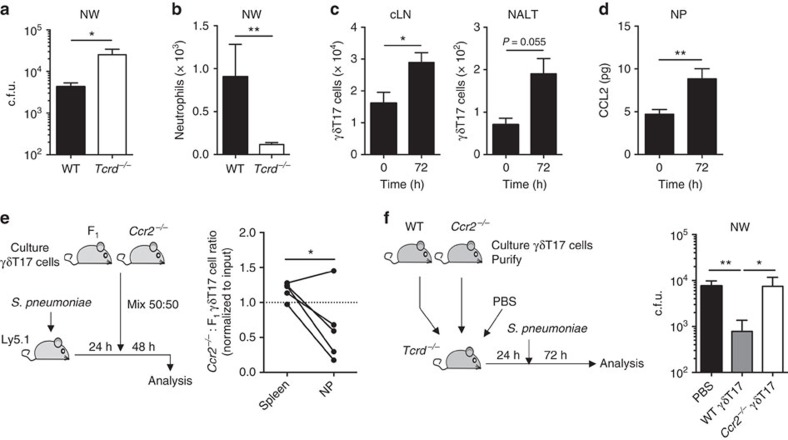Figure 3. CCR2 drives protective γδT17 cell responses.
(a) Colony-forming units (c.f.u.) and (b) CD45+CD11b+Ly6G+ neutrophils recovered from nasal wash (NW) of wild type (WT) (n=9) and Tcrd−/− mice (n=10) 72 h post-infection with S. pneumoniae. (c) γδT17 cell numbers in cervical lymph node (cLN) and nasal-associated lymphoid tissue (NALT) and (d) ELISA for CCL2 in digested nasal passage (NP) supernatant in unimmunized mice (n=7) and at 72 h post-S. pneumoniae infection (n=13). (e) Ly5.1 mice (n=5) 24 h post-S. pneumoniae infection were transferred i.v. with expanded γδT17 cells from Ccr2−/− (CD45.2+) and F1 (CD45.1+CD45.2+) mice. The Ccr2−/−:F1 γδT17 cell ratio in spleen and NP was normalized to input ratio. (f) Twenty-four hours prior to S. pneumoniae infection, Tcrd−/− hosts received PBS (n=8) or expanded and purified γδT17 cells from WT (n=9) or Ccr2−/− (n=7) mice. c.f.u. recovered from NW 72 h post-infection. Mean±s.e.m. (a–d) Pooled from two experiments. (a,b) Mann–Whitney test, (c,d) unpaired two-tailed Student's t-test, (e) paired two-tailed Student's t-test, (f) Kruskal–Wallis test with Dunn's multiple comparisons test. *P<0.05, **P<0.01.

